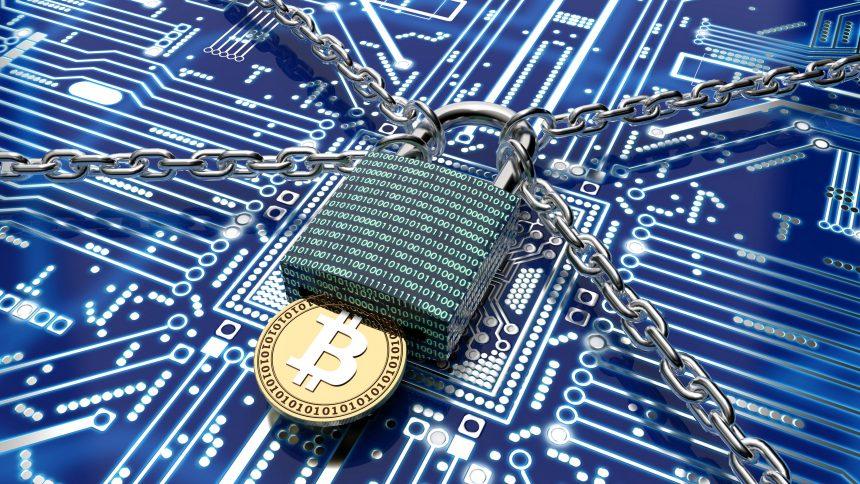Ransomware is a particularly insidious form of malware that has become increasingly prevalent in recent years. This type of malicious software is designed to encrypt a victim’s files or lock them out of their system, effectively holding the data or device hostage until a ransom is paid. The rise of ransomware has caused significant disruptions for individuals and organizations alike, often leading to devastating financial losses, operational downtime, and a breach of sensitive information.
One of the newer threats in the ransomware landscape is a strain known as EDR Kill Shifter. This malicious software is particularly concerning due to its sophisticated approach to bypassing endpoint detection and response (EDR) systems, which are typically deployed to prevent, detect, and respond to cyber threats.
The EDR Kill Shifter Ransomware: A Detailed Overview
EDR Kill Shifter is a type of ransomware that specifically targets EDR systems to evade detection and maximize its impact on infected systems. Once this ransomware infiltrates a system, it disrupts the operation of EDR tools, making it easier for the ransomware to operate undetected. This tactic allows it to spread more effectively and inflict maximum damage before the user becomes aware of the attack.
How EDR Kill Shifter Infects Systems
EDR Kill Shifter commonly infiltrates systems through various methods such as phishing emails, malicious attachments, and compromised websites. The malware is often disguised as a legitimate file or software update. Once the victim downloads and executes the file, the ransomware begins its malicious activities.
Upon installation, the ransomware immediately attempts to disable any active EDR software. It does this by terminating processes, deleting services, or even altering the system registry to prevent EDR tools from functioning correctly. With these defenses down, EDR Kill Shifter proceeds to encrypt the files on the victim’s system.
The encryption process involves converting the victim’s files into a scrambled format, making them inaccessible without a specific decryption key. Typically, this ransomware appends a unique extension to the encrypted files, such as .locked, making it clear which files have been affected. For example, a file originally named document.txt might become document.txt.locked.
The Ransom Note
After the encryption process is complete, EDR Kill Shifter drops a ransom note on the infected system, usually in a text file placed in prominent locations such as the desktop or the root directories of the affected drives. The note typically includes a message from the attackers, informing the victim that their files have been encrypted and can only be restored by paying a ransom. The attackers often demand payment in cryptocurrencies like Bitcoin to maintain their anonymity.
The note will also include instructions on how to purchase cryptocurrency, how to transfer it to the attackers, and sometimes even a countdown timer, warning the victim that the ransom will increase if not paid within a certain timeframe. The language of the note is often threatening, designed to pressure the victim into paying as quickly as possible.
Purpose and Threat Level of EDR Kill Shifter
The primary purpose of EDR Kill Shifter, like most ransomware, is financial gain. By holding valuable data hostage, the attackers hope to extort money from victims who are desperate to regain access to their files. The infiltration typically occurs via phishing campaigns or by exploiting vulnerabilities in outdated software, meaning that any system with weak defenses can be at risk.
The consequences of an EDR Kill Shifter infection can be severe. In addition to the immediate loss of access to critical files, there is the potential for long-term damage if the attackers also steal sensitive data during the attack. Furthermore, even if the ransom is paid, there is no guarantee that the attackers will provide the decryption key or that the files will be fully restored.
Recognizing an EDR Kill Shifter Infection
If your system has been compromised by EDR Kill Shifter, you may notice several signs. These include:
- Inability to open files that previously worked, with extensions changed to something unusual like
.locked. - Presence of a ransom note in the form of a text file, typically named something like
README.txtorDECRYPT_INSTRUCTIONS.txt. - System slowdown or abnormal behavior due to EDR tools being disabled.
- Unusual network activity, as the ransomware might attempt to communicate with a remote server to send encryption keys or receive commands.
To identify if EDR Kill Shifter is the culprit, you can look for the following detection names used by various security vendors:
- Trojan.EDRShifter
- Ransom:Win32/EDRKiller
- Filecoder.EDRShifter
- Ransom.EDRKillShifter!gen
Similar Ransomware Threats
EDR Kill Shifter is part of a larger family of ransomware threats. Similar threats that you might encounter include:
- Maze Ransomware: Known for its double extortion tactic, where data is both encrypted and threatened to be leaked if the ransom isn’t paid.
- Ryuk Ransomware: Often targets large organizations and demands extremely high ransoms.
- Sodinokibi (REvil) Ransomware: Another notorious ransomware known for its widespread attacks and large ransom demands.
Comprehensive Removal Guide
If you suspect that your system has been infected with EDR Kill Shifter, it’s crucial to act quickly. Below is a step-by-step guide to remove the ransomware:
- Disconnect from the Internet: Immediately disconnect your system from the internet to prevent the ransomware from communicating with its control server or spreading to other devices on your network.
- Enter Safe Mode: Restart your computer and boot into Safe Mode to prevent the ransomware from launching on startup. This is done by pressing
F8during boot-up on most systems and selecting “Safe Mode” from the options. - Use Anti-Malware Software: Download and install a reliable anti-malware tool such as SpyHunter. Perform a full system scan to detect and remove EDR Kill Shifter and any associated files. SpyHunter is particularly effective at detecting and removing such threats.
- Manually Remove Suspicious Files: If you’re comfortable with advanced troubleshooting, you can manually search for and delete suspicious files or processes. However, this step is risky and should only be attempted by those with technical expertise.
- Restore Files from Backup: If you have a backup of your data, restore your files after the ransomware has been removed. This is the safest way to recover your information without paying the ransom.
- Consult a Professional: If the ransomware has deeply infected your system or if you’re unable to remove it completely, consider consulting a cybersecurity professional for assistance.
Preventing Future Infections
Preventing ransomware like EDR Kill Shifter from infiltrating your system is essential. Here are some best practices:
- Regular Backups: Keep regular backups of your important files on an external drive or cloud storage that is not constantly connected to your system.
- Update Software Regularly: Ensure that your operating system, applications, and security software are always up to date to patch vulnerabilities.
- Enable Firewalls: Use a robust firewall to block unauthorized access to your network.
- Avoid Suspicious Links and Attachments: Be cautious when clicking on links or downloading attachments from unknown sources.
- Use Anti-Malware Tools: Install and regularly update a reliable anti-malware tool like SpyHunter to detect and remove threats before they can cause damage.
SpyHunter offers a free scan that can help detect and remove ransomware and other malware threats from your system. Download SpyHunter now to secure your system and protect your valuable data.
If you are still having trouble, consider contacting remote technical support options.





